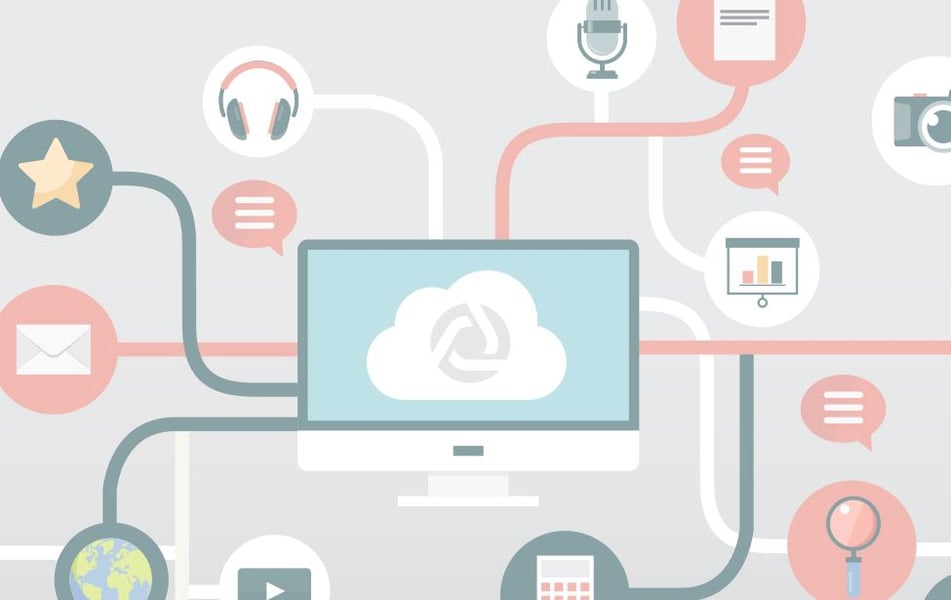It is suggested that, by as soon as 2025-2030, a market economy could readily exist without banks of the traditional kind.

Steve Barber is managing director of BridgingFinance Solutions
It is 2027 and you need to do some banking. You raise your wrist, say ‘bank’ and your smartwatch scans your retina to biometrically authenticate your identity through your self controlled blockchain Identity passport. You have permissioned the bank access your profile and you update the check annually. Passwords are archaic.
Your device syncs with your smart eyeglasses and a virtual assistant appears. The last time you dealt with a human at your bank was when their last local branch office closed last year, but you are comfortable with the security of your money because of the extent of cryptography in your identity. You would like to transfer funds to another bank in another country, and you advise the AI powered Smart Bot Holographic Assistant. It feels like you are speaking to a real person and you’re voice is constantly authenticated and your face security scanned, with nod or shake motion detection to carry out most operations.
All data is owned by you the customer and can be provided to all other institutions via open API’s in moments. The funds are transferred instantly because of advances in blockchain technology and settlement.
Your Personal Finance Advisor appears. On the basis of big data and deep learning capability of modern quantum computing learning your personal behaviours through previous account history, algorithmic personality, and current affordability, it asks you if you would like to make a further deposit as it is good time to invest. You do not have a human financial advisor and all your stocks are traded with a Robo Advisor at little cost.
You have a ‘Thin File’ credit history, but would like to arrange a business loan. The Smart Bot Loan advisor appears. Through behavioural analytics of the ‘big data’ shared by your smart phone, your credit risk can be evaluated through the use of profiling models to underwrite the loan request. You are accepted in moments and funds are transferred immediately.
You are offered other personalised services, and the Bot explains that smart saving will use your previous spending data to understand when is the best time for you to save, and how much you can afford to put aside. It will transfer a small amount to your savings account when, according to the algorithm, you will miss it least, and sends you a message to ask if you’re happy about it. If you say no, the money is instantly returned to your main account. This way, it explains, we can develop better saving habits, and remove the most difficult part of the savings equation – ourselves. You agree.
It says that the bank has noticed that you've been using your mobile wallet a lot and asks,“with Christmas coming up, would you like to take a look at some of the offers that we've prepared for you ?"It pulls up a series of offers with a number of personally selected brands. You gesture to a few coupons and your smartwatch beeps as it receives the codes.It adds,"just so that you don't go overbudget this year, would you like me to limit your spending over Christmas to the same as 2026 ?"It says it will contact you next month for your annual review.
You experience has been positive. You are aware you can instantly switch providers, but trust, integrity and security of your bank are important to you.
Realistic?
The technologies illustrated above are incremental developments on the increasing prevalence of digital banking today. By 2025, millennials will make up 72% of the global workforce [Accenture 2017]; their aspirations and attitudes will shape the focus on Platform and Applications rather than Products. The disruption to current Retail Banks will predominantly be in the diminishing of their physical footprint but extended digital geographical reach, alongside reduction in headcount. Insights into customers will be a focal point for differentiation and will add more value and revenue through access to internal and external Big Data and AI.
The technologies are a reality due:
- Relatively inexpensive to apply technology to current friction points;
- Technology start-ups can grow very quickly through easy access to data and strategic partnership opportunities;
- Many more opportunities to access growth capital than historically.
It is suggested that, by as soon as 2025-2030, a market economy could readily exist without banks of the traditional kind [PWC 2017 – The Future Shape of Banking]. The report,says that as barriers to entry for technology driven non-banks to provide formerly ‘core’ banking services continues to decline and the business models of today’s banks will be increasingly intermediated.



